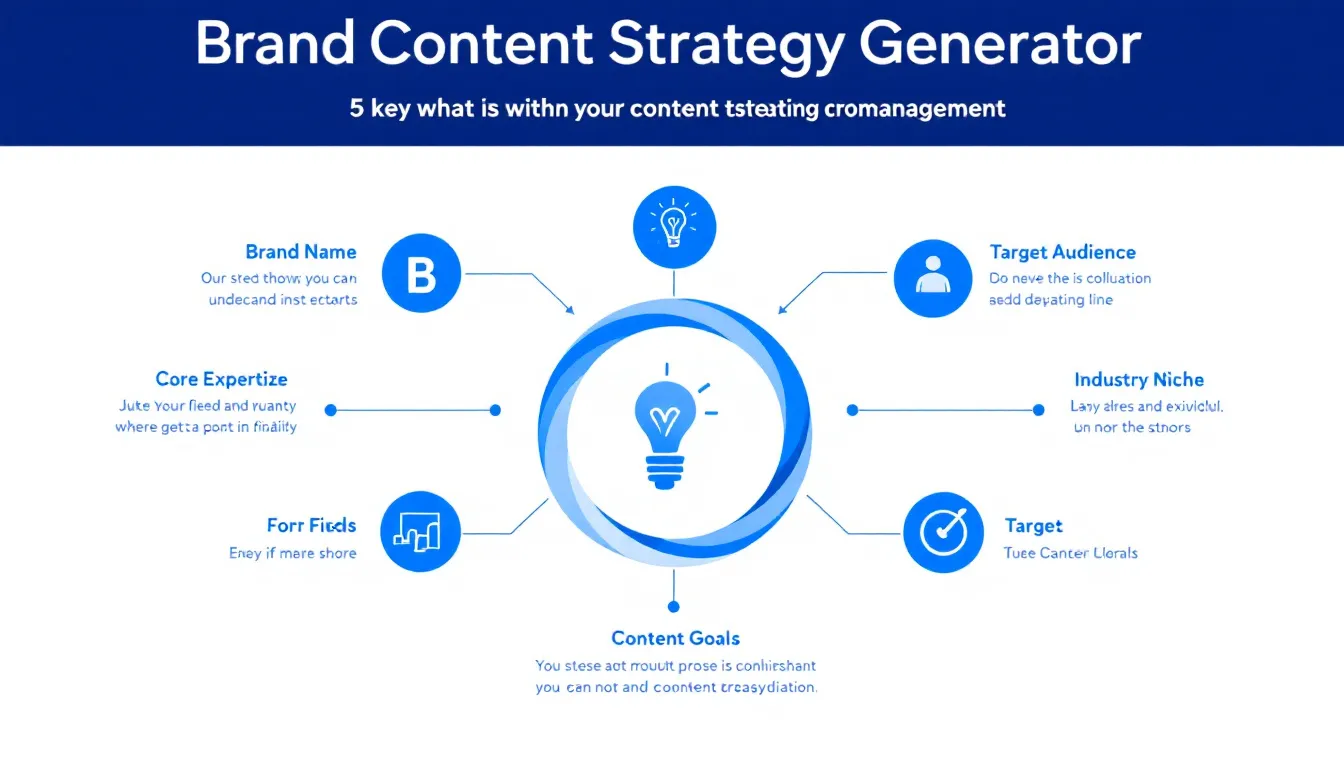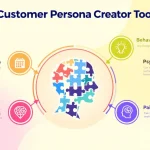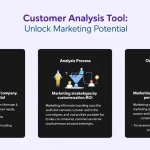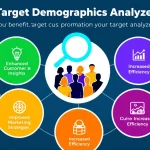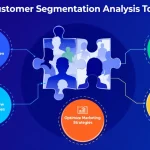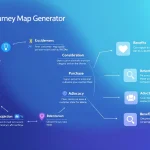Is this tool helpful?
How to Use the Brand Content Strategy Generator Effectively
The Brand Content Strategy Generator is designed to help businesses develop comprehensive content strategies aligned with their brand values and target audience. Here’s a detailed guide on using each field effectively:
1. Brand Name Input
Enter your company’s brand name in this field. Examples:
- GreenLeaf Organics – An eco-friendly personal care products company
- TechVision Solutions – A B2B software development firm
2. Core Expertise and Value Propositions
Detail your brand’s unique strengths and differentiators. Focus on:
- Specialized capabilities
- Competitive advantages
- Innovation areas
- Brand values
3. Target Audience Description
Provide comprehensive information about your ideal customers, including:
- Demographic details
- Behavioral patterns
- Pain points
- Purchase motivations
4. Industry Niche Specification
Define your specific market segment to ensure targeted content recommendations.
5. Content Strategy Objectives
Outline your desired outcomes and measurable goals for the content strategy.
Understanding the Brand Content Strategy Generator
This advanced tool employs strategic analysis to create tailored content strategies that align brand messaging with audience needs across multiple touchpoints. It combines brand positioning, audience insights, and content marketing best practices to generate actionable recommendations.
Key Benefits of Using the Brand Content Strategy Generator
1. Strategic Alignment
- Ensures consistency between brand values and content creation
- Aligns messaging across different channels
- Creates cohesive brand storytelling
2. Time and Resource Optimization
- Reduces planning time by 60-70%
- Provides structured content frameworks
- Streamlines content ideation process
3. Enhanced Content Effectiveness
- Improves content relevance
- Increases audience engagement
- Strengthens brand positioning
Problem-Solving Capabilities
Content Gap Analysis
The generator identifies areas where content is needed to support the customer journey effectively. For example, if a sustainable fashion brand inputs their information, the tool might recommend:
- Educational content about sustainable materials
- Behind-the-scenes manufacturing processes
- Impact measurement stories
Audience Alignment
The tool ensures content resonates with specific audience segments. For instance, a B2B technology company might receive recommendations for:
- Technical whitepapers
- Industry-specific case studies
- ROI calculators
Practical Applications and Examples
Example 1: E-commerce Brand
Input:
- Brand: WellnessBox
- Expertise: Curated wellness products, personalized subscriptions
- Target: Health-conscious professionals, 25-45 years
Strategy Output:
- Expert wellness tips and guides
- Product curation stories
- Customer transformation features
Example 2: Professional Services
Input:
- Brand: FinancePro Advisors
- Expertise: Personal financial planning, retirement strategies
- Target: Pre-retirees and young professionals
Strategy Output:
- Educational finance content series
- Investment strategy guides
- Market analysis newsletters
Frequently Asked Questions
What types of businesses can benefit from this tool?
Any business looking to develop or refine their content strategy can benefit, including:
- E-commerce brands
- Service providers
- B2B companies
- Startups
- Established enterprises
How often should I update my content strategy?
Content strategies should be reviewed and updated:
- Quarterly for tactical adjustments
- Annually for major strategic reviews
- When significant market changes occur
Can I customize the strategy recommendations?
Yes, the generator provides a foundation that can be customized based on:
- Specific business needs
- Market conditions
- Resource availability
- Implementation timeline
How do I measure the success of the content strategy?
Success metrics typically include:
- Engagement rates
- Conversion metrics
- Brand awareness indicators
- Lead generation statistics
- Customer feedback
What makes an effective content strategy?
Key elements include:
- Clear brand voice and positioning
- Well-defined audience segments
- Content variety and consistency
- Distribution channel optimization
- Measurable objectives
How can I ensure consistent brand messaging?
Maintain consistency through:
- Brand guidelines documentation
- Content templates
- Editorial calendars
- Regular team training
- Content review processes
Implementation Best Practices
Content Planning
- Create quarterly content calendars
- Align content with business objectives
- Balance content types and formats
- Schedule regular content audits
Distribution Strategy
- Identify optimal channels
- Create channel-specific content
- Develop promotion schedules
- Monitor performance metrics
Content Optimization
- Incorporate SEO best practices
- Optimize for mobile viewing
- Include clear calls-to-action
- Maintain brand voice consistency
Important Disclaimer
The calculations, results, and content provided by our tools are not guaranteed to be accurate, complete, or reliable. Users are responsible for verifying and interpreting the results. Our content and tools may contain errors, biases, or inconsistencies. We reserve the right to save inputs and outputs from our tools for the purposes of error debugging, bias identification, and performance improvement. External companies providing AI models used in our tools may also save and process data in accordance with their own policies. By using our tools, you consent to this data collection and processing. We reserve the right to limit the usage of our tools based on current usability factors. By using our tools, you acknowledge that you have read, understood, and agreed to this disclaimer. You accept the inherent risks and limitations associated with the use of our tools and services.
